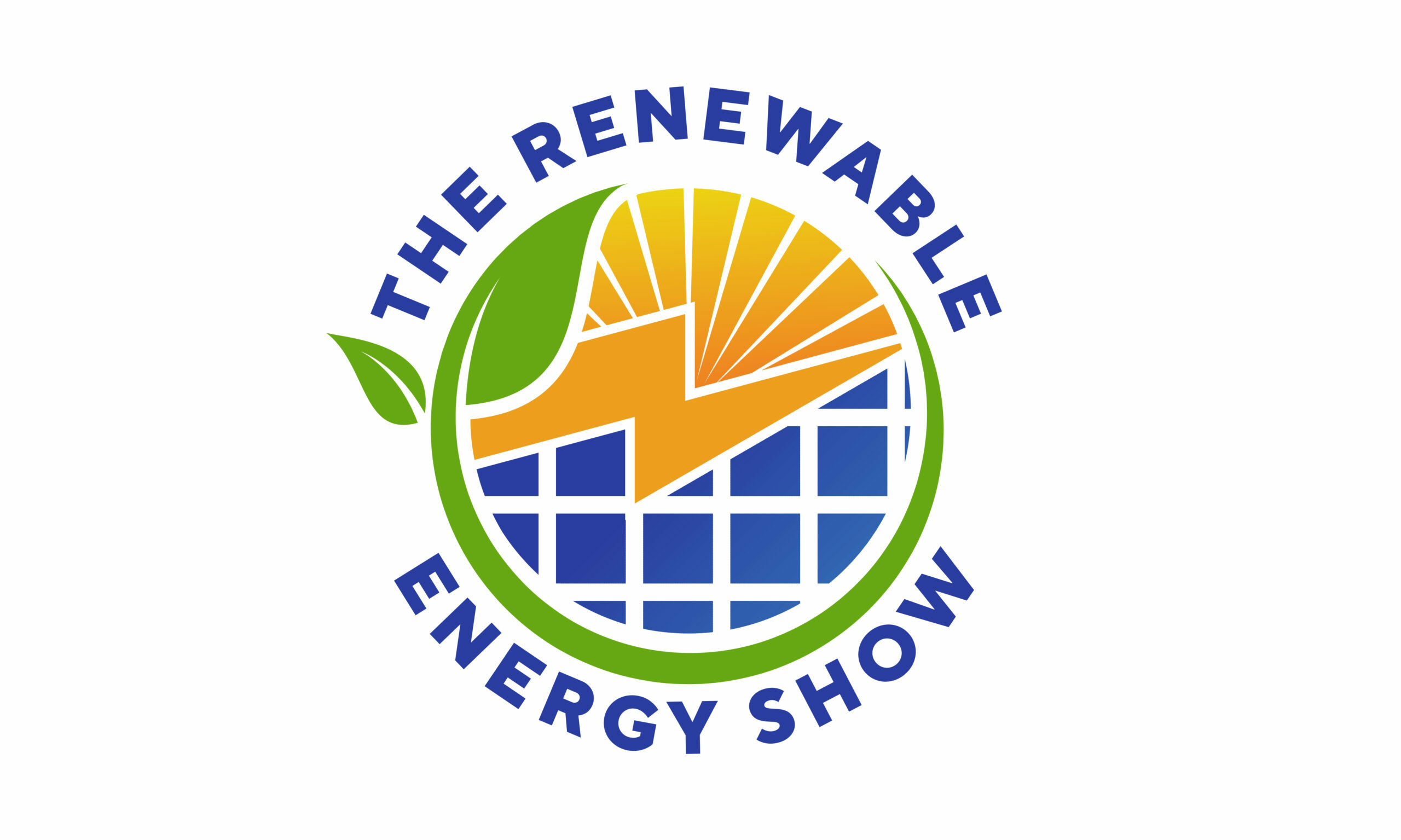In recent years, the buzz around renewable energy has grown louder and more insistent, and for good reason. Beyond the environmental benefits, there’s a financial incentive that might just make switching to green energy a no-brainer for many homeowners and businesses alike: tax credits for renewable energy.
So, what are these tax credits, and why should you care? Simply put, a tax credit directly reduces the amount of tax you owe dollar-for-dollar. Different from a deduction, which lowers taxable income, a credit is a much more powerful tool when it comes to saving money. Governments, eager to encourage cleaner energy solutions, offer these credits to soften the upfront costs for things like solar panels, wind turbines, or other renewable installations.
Here’s what you need to know if you’re considering making the leap to renewable energy:
1. Types of Renewable Energy Tax Credits
In the U.S., one of the most talked-about incentives is the federal Investment Tax Credit (ITC), which allows you to deduct a significant portion of the cost of installing a solar energy system from your federal taxes. As of now, that percentage is 30%, but it’s set to phase out unless Congress renews it. Apart from solar, some states and utility companies offer additional credits or rebates for wind, geothermal, and even certain battery storage systems.
2. Who Benefits?
These tax credits aren’t just for homeowners. Businesses and commercial property owners also reap substantial savings by investing in renewables. The credits help offset the usually hefty upfront costs, making projects that might have seemed financially impossible much more feasible.
3. What Counts as Qualifying Equipment?
It’s not just slapping solar panels on your roof. Many systems that generate renewable electricity or heat your home efficiently can qualify. This includes solar water heaters, small wind turbines, and even comprehensive energy storage solutions in some cases. It pays to dig into your local and federal rules or talk to an energy consultant.
4. Why Now?
The benefits of jumping on tax credits now instead of later are twofold: these programs often have expiration dates or step-down schedules that reduce benefits over time, and the longer you wait, the more you miss out on energy savings and environmental impact.
5. How to Claim Them
While tax credits simplify savings, they do come with paperwork. Most are claimed when you file your annual tax returns using specific IRS forms. Hiring an accountant or using well-regarded tax software can make the process less daunting, ensuring you don’t leave money on the table.
Bottom line, if you’ve been on the fence about transitioning to renewable energy, tax credits are a compelling reason to revisit your options. Not only can you shrink your carbon footprint, but you also reduce the financial sting of going green. That’s a win-win we can all get behind.
